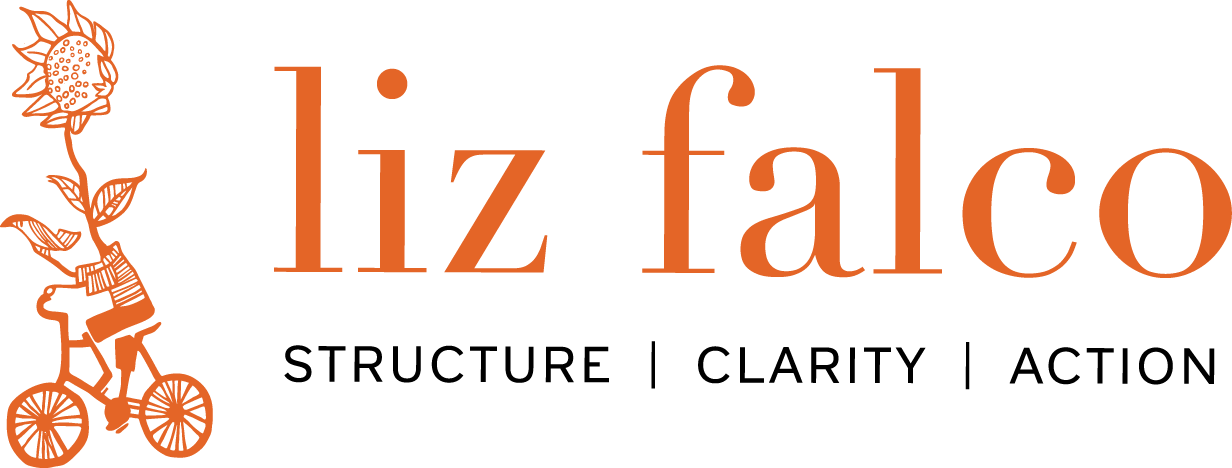 Whether facilitating a team discussion toward a common purpose, helping an organization develop a shared vision or coaching individuals to self-reflect or refine their résumé, I am asking participants more often to put their thinking on the table by “Making It Visual”. And as we understand more about how the brain works, it isn’t a surprise that a visual approach works:
Whether facilitating a team discussion toward a common purpose, helping an organization develop a shared vision or coaching individuals to self-reflect or refine their résumé, I am asking participants more often to put their thinking on the table by “Making It Visual”. And as we understand more about how the brain works, it isn’t a surprise that a visual approach works:
- 80% of all information that comes into our brain is visual.
- 40% of all nerve fibers connected to the brain are linked to the retina.
- 36,000 visual messages per hour may be registered by the eyes.
(Eric Jensen, Teaching with the Brain in Mind)
Transforming our thinking into visual form, allows us to fully see it, share it, understand it, analyze it, learn from it, adapt it and ultimately – act on it.
Here are some strategies that you may want to try:
- Thinking Maps (Hyerle, D.) are specific visual tools that reflect 8 cognitive skills. Use these with students, on your own or with your team to define, describe, categorize, sequence, compare and contrast concepts and information and to analyze cause and effect, identify part/whole relationships and see analogies.
- Use Postcards to initiate conversation, inspire new ideas and facilitate reflection – be in touch to order a package of Pic-Your-Voice postcards!
- Ask a Graphic Recorder to capture ideas in real time!
- IdeaPaint a wall in your office, classroom or home so that your colleagues, clients, students or family can get their thinking out for all to see! We’re doing it this weekend, chez nous!
Contact me if you have other ideas of how to “Make It Visual”



